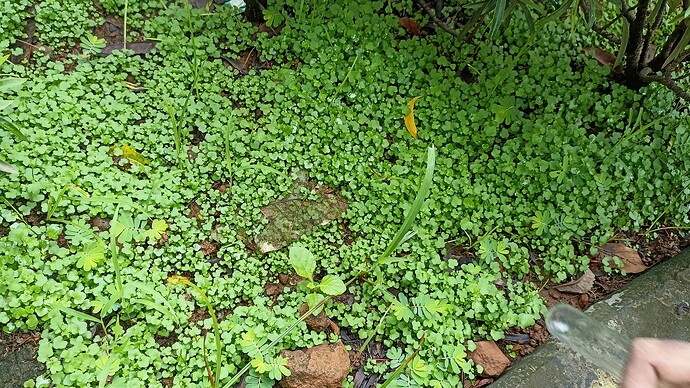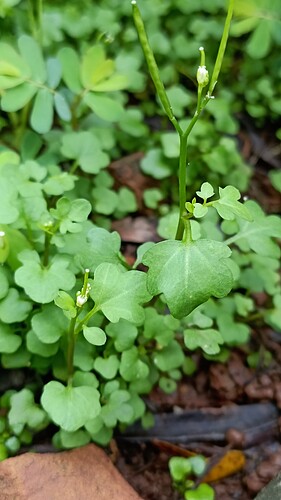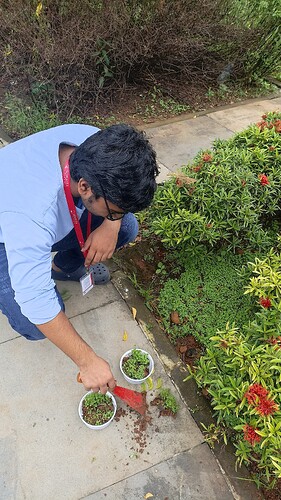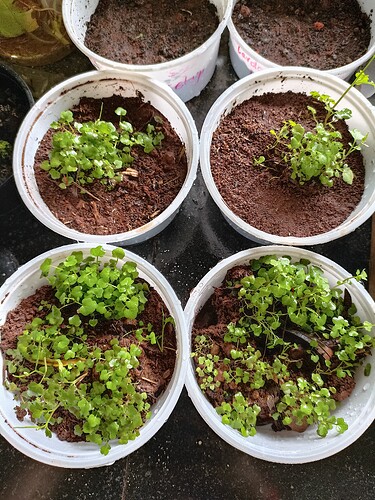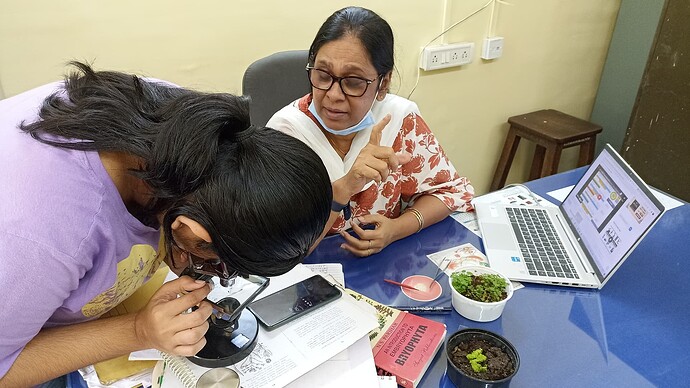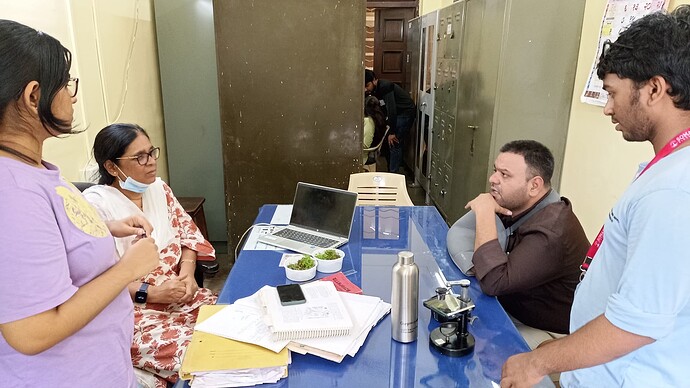Cardamine Forest patch of Somaiya College Discovered by @Shraddha Cube @Prajwal CUBE PUNE @Chintan Gala KJSSC and others during National meet😃. There are cardamine plants in all the stages of its life cycle. CUBE Somaiya College, Vidyavihar, Mumbai. 4th August 2023. Photo: AbhijeetSingh.
Cardamine in its fruiting stage of life cycle. CUBE Somaiya College, Vidyavihar, Mumbai. 4th August 2023, Photo: AbhijeetSingh
@Vidip FY KJSSC CUBE from FY.B.Sc collecting cardamine plants with Abhijeet to take it to culture in CUBE Somaiya College Lab. CUBE SOMAIYA COLLEGE, VIDYAVIHAR, MUMBAI. 4th August 2023, Photo: AbhijeetSingh.
4 new cardamine plant pot made in Somaiya College Lab. Collaborators: @Varsha Singh @Vidip FY KJSSC CUBE and Abhijeet. CUBE Somaiya College Lab, Vidyavihar, Mumbai. 4th August 2023. Photo: AbhijeetSingh.
Supriya ma’am(HOD, Dept of Botany) helping with observation of flower of cardamine(@Varsha Singh observing flower of cardamine under microscope).
Flowers are organized into concentric whorls of sepals, petals, stamens and carpels, with each of these floral organ types having a unique role in reproduction (Figure 1). Sepals enclose and protect the flower bud, while petals can be large and showy so as to attract pollinators (or people!). Stamens produce pollen grains that contain male gametes, while the carpels contain the ovules that when fertilized will produce the seeds. While the size, shape, number and elaboration of each of these organ types can be quite different, the same general organization of four floral organ types arranged in concentric whorls exists across all flowering plant (angiosperm) species. As I shall explain in this Primer, the ‘ABC model’ is a simple and satisfying explanation for how this conserved floral architecture is genetically specified.
Supriya ma’am, Ketan sir, @Vidip FY KJSSC CUBE and @Varsha Singh discussing about the research questions related to cardamine. Why does cardamine doesn’t smell like mustard when crushes between fingers but tastes like mustard? Why Ranchi CUBists are trying to incorporate kanamycin resistant genes in Cardamine through floral dip? Are they CUBists just testing the efficacy of gene transfer by inserting kanamycin resistant gene using it as selection marker? Which other gene can we think of to incorporate in Cardamine? How much % is cardamine genetically similar to Arabidopsis and as well as Mustard plant? These questions were discussed. CUBE Somaiya College, Vidyavihar, Mumbai. 4th August 2023. Photo: AbhijeetSingh.
